Is Sailing Cheaper Than Powerboating? (With 2023 Examples)
The price of a sailboat or powerboat can vary widely depending on factors such as size, brand, age, condition, and location. Aside from the purchase price, they also differ in terms of operating costs, insurance costs, and maintenance costs. In this article, we'll take a closer look at the cost differences between sailing and powerboating in 2023 and find out which is cheaper.
Sailing is typically less expensive than powerboating. The initial purchase price of new luxury sailboats ranges from $100,000 to over $1 million, while ordinary powerboats are priced between $100,000 and $200,000. Meanwhile, larger and more luxurious powerboat models easily exceed $1 million.
The cost of insurance for a sailboat is also lower than for a powerboat. This is because sailboats are considered to be safer and less risky than powerboats. Let's further compare and contrast sailing and powerboating in terms of their performance, convenience, and safety.
Summary
- The annual operating cost of a 30 ft. sailboat is between $1,000 and $2,000, whereas for a 30 ft. powerboat, your annual operating cost would be between $3,000 and $6,000.
- The absence of fuel costs is a significant factor in reducing operating costs for sailboats.
- Sailboats may require less storage space, smaller docking spaces, and less additional equipment, resulting in lower fees.
- In the US, the average annual premium for a sailboat is around $300 to $500, whereas for a powerboat, it is around $1,000 to $1,500 per year.
- If you're on a tight budget, sailing is a better option, but if you can splurge, go for powerboating, as it offers more convenience and is safer in rough waters.
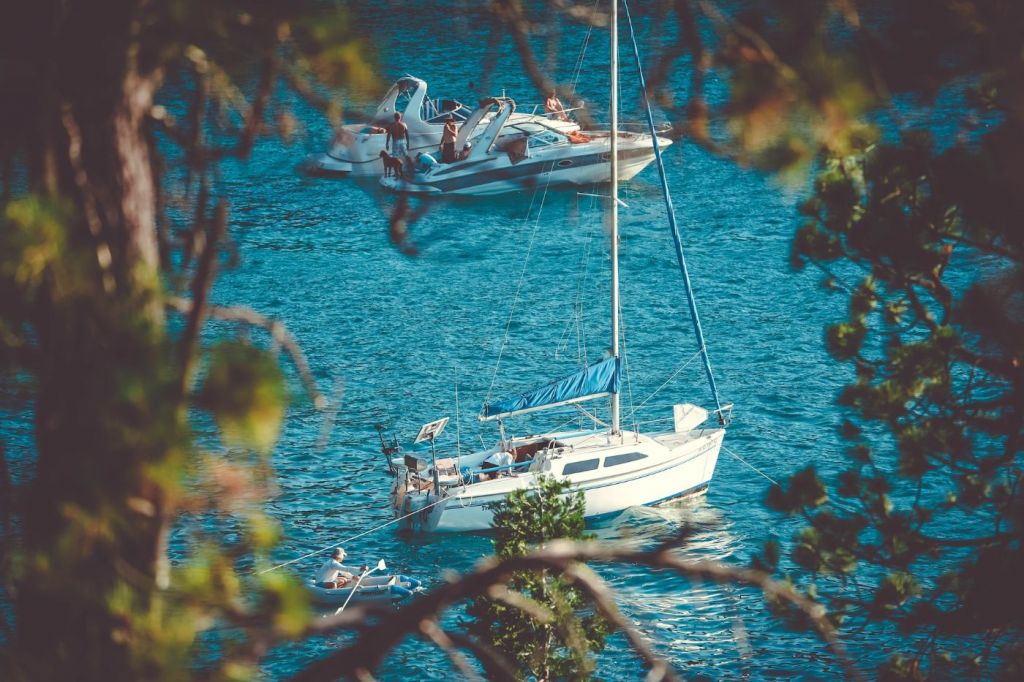
Comparing The Costs Of Sailing And Powerboating
The table below shows a comparison of the costs of sailing vs. powerboating in terms of initial purchase cost, operating cost, maintenance cost, and insurance cost:
| Boat Type | Size | Purchase Cost | Operating Cost | Maintenance Cost | Insurance Cost |
|---|---|---|---|---|---|
| Sailboat | 20 ft | $10,000 - $30,000 | $500 - $1,000 per year | $500 - $1,000 per year | $200 - $500 per year |
| Powerboat | 20 ft | $20,000 - $40,000 | $1,000 - $2,000 per year | $500 - $1,000 per year | $500 - $1,000 per year |
| Sailboat | 30 ft | $50,000 - $100,000 | $1,000 - $2,000 per year | $1,500 - $3,000 per year | $500 - $1,000 per year |
| Powerboat | 30 ft | $50,000 - $150,000 | $3,000 - $6,000 per year | $2,000 - $4,000 per year | $1,000 - $2,000 per year |
| Sailboat | 40 ft | $100,000 - $300,000 | $2,000 - $4,000 per year | $3,000 - $5,000 per year | $1,000 - $2,000 per year |
| Powerboat | 40 ft | $150,000 - $500,000 | $6,000 - $12,000 per year | $4,000 - $6,000 per year | $2,000 - $4,000 per year |
| Luxury Sailboat | 50 ft | $500,000 - $1,500,000 | $5,000 - $10,000 per year | $10,000 - $20,000 per year | $2,000 - $4,000 per year |
| Luxury Powerboat | 50 ft | $1,000,000 - $3,000,000 | $20,000 - $40,000 per year | $20,000 - $30,000 per year | $5,000 - $10,000 per year |
Sailboats are cheaper to purchase than powerboats
Most sailboats cost less than powerboats that are roughly the same size. They tend to be simpler in design and have fewer mechanical components than powerboats.
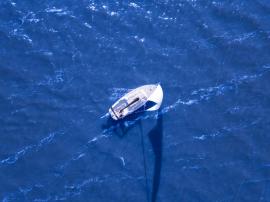
Used Sailboat Prices & Where to Find Bargains
A 30-foot sailboat may cost around $50,000 - $100,000, while a 30-foot powerboat may cost around $50,000 - $150,000. This price difference is due to the additional equipment and machinery required for the powerboat.
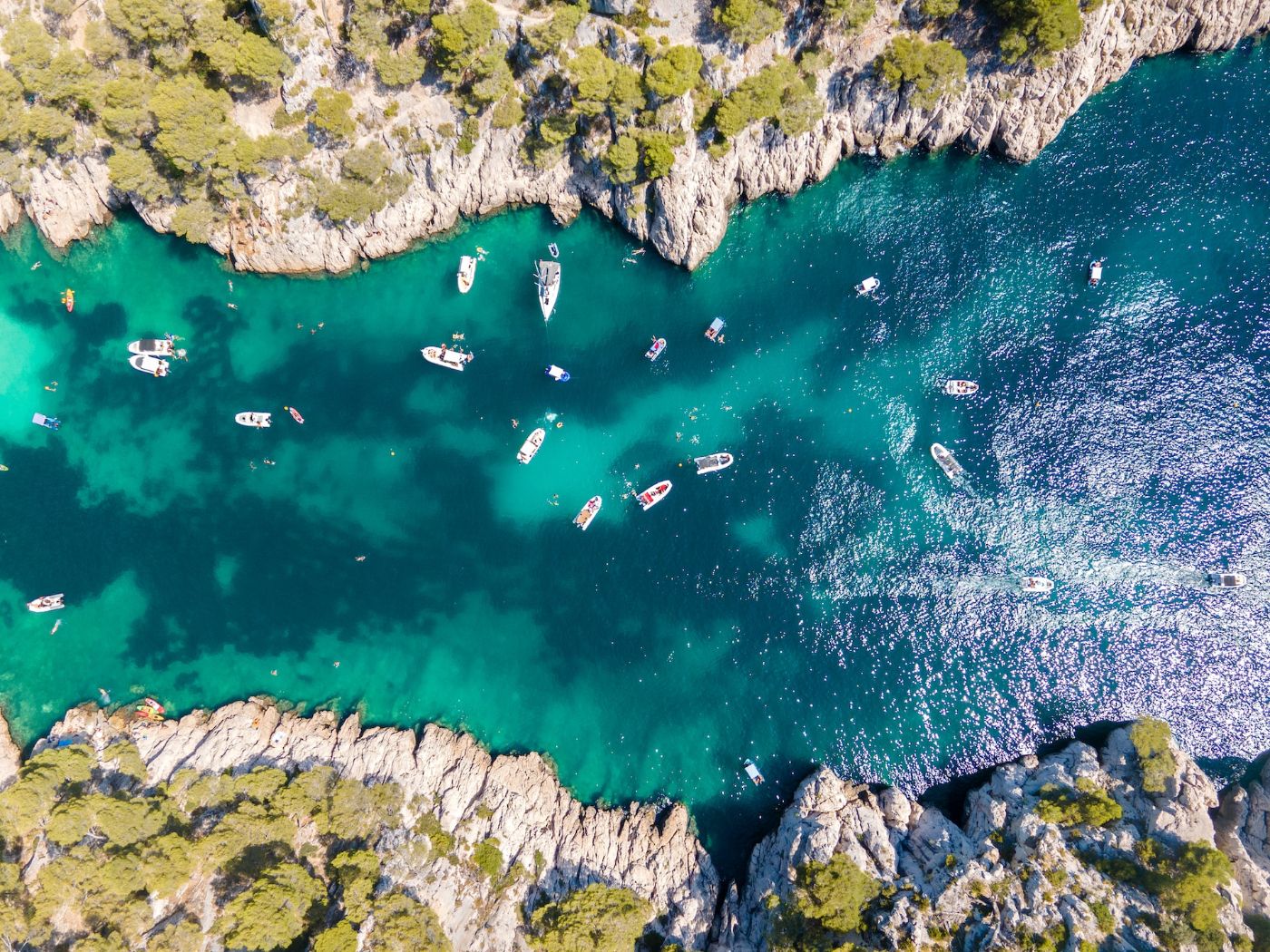
Luxury cruising sailboats from well-known brands like Hanse or any catamarans can easily exceed $500,000, but in general, a new cruising sailboat can cost anywhere from $100,000 to over $1 million.
On the other hand, some popular powerboat brands like Boston Whaler or Grady-White offer models in the $100,000 to $200,000 range, but larger and more luxurious models can easily exceed $1 million.
Sailboats are much cheaper to operate than powerboats
For boats of the same size, sailboats are often cheaper to operate because they don't have big motors. You'll also save on fuel expenses in a sailboat. The table below summarizes why a sailboat is cheaper than a powerboat in terms of operating costs:
| Factor | Powerboats | Sailboats |
|---|---|---|
| Fuel costs | Require fuel to operate, can be a significant expense | Do not require fuel to operate |
| Storage | May require more storage space | May require less storage space |
| Docking fees | May require larger docking spaces, resulting in higher fees | May require smaller docking spaces, resulting in lower fees |
| Equipment | May require additional water sports equipment | May require less additional equipment |
| Miscellaneous | Additional expenses such as registration fees and taxes | Additional expenses such as maintenance and repairs |
Powerboats rely on so much fuel and motor usage, often referred to as motor vessels. Sailboats don't require fuel to operate, which can save you a lot of money in the long run.
Sailboats are generally less costly to maintain than powerboats
Sailboats require fewer moving parts, which means there is less to repair or replace. Powerboats have more complex systems, including engines, generators, and other mechanical components, which means more things can go wrong, and they require more frequent maintenance.
Here are some examples of the types of maintenance and repairs that are typically required for powerboats but not for sailboats:
Engine maintenance
Powerboats have engines that require regular maintenance, such as oil changes, filter replacements, and tune-ups. These maintenance tasks can be expensive, especially if you have a larger boat with a more complex engine.
Fuel system maintenance
Powerboats also have fuel systems that require maintenance, such as fuel filter replacements and fuel tank cleaning. These tasks can be time-consuming and expensive, especially if you have a larger boat with multiple fuel tanks.
Electrical system maintenance
Powerboats often have more complex electrical systems than sailboats, which means there are more things that can go wrong. Electrical system maintenance can include replacing batteries, checking wiring, and repairing or replacing electronics.
Propeller maintenance
Powerboats have propellers that can get damaged or worn out over time, which can be expensive to repair or replace.
In contrast, sailboats typically require less maintenance because they don't have engines or complex fuel systems. In fact, the average maintenance costs for a sailboat only range between $2,000 - $3,000 per year. Some of the maintenance tasks that are required for sailboats include:
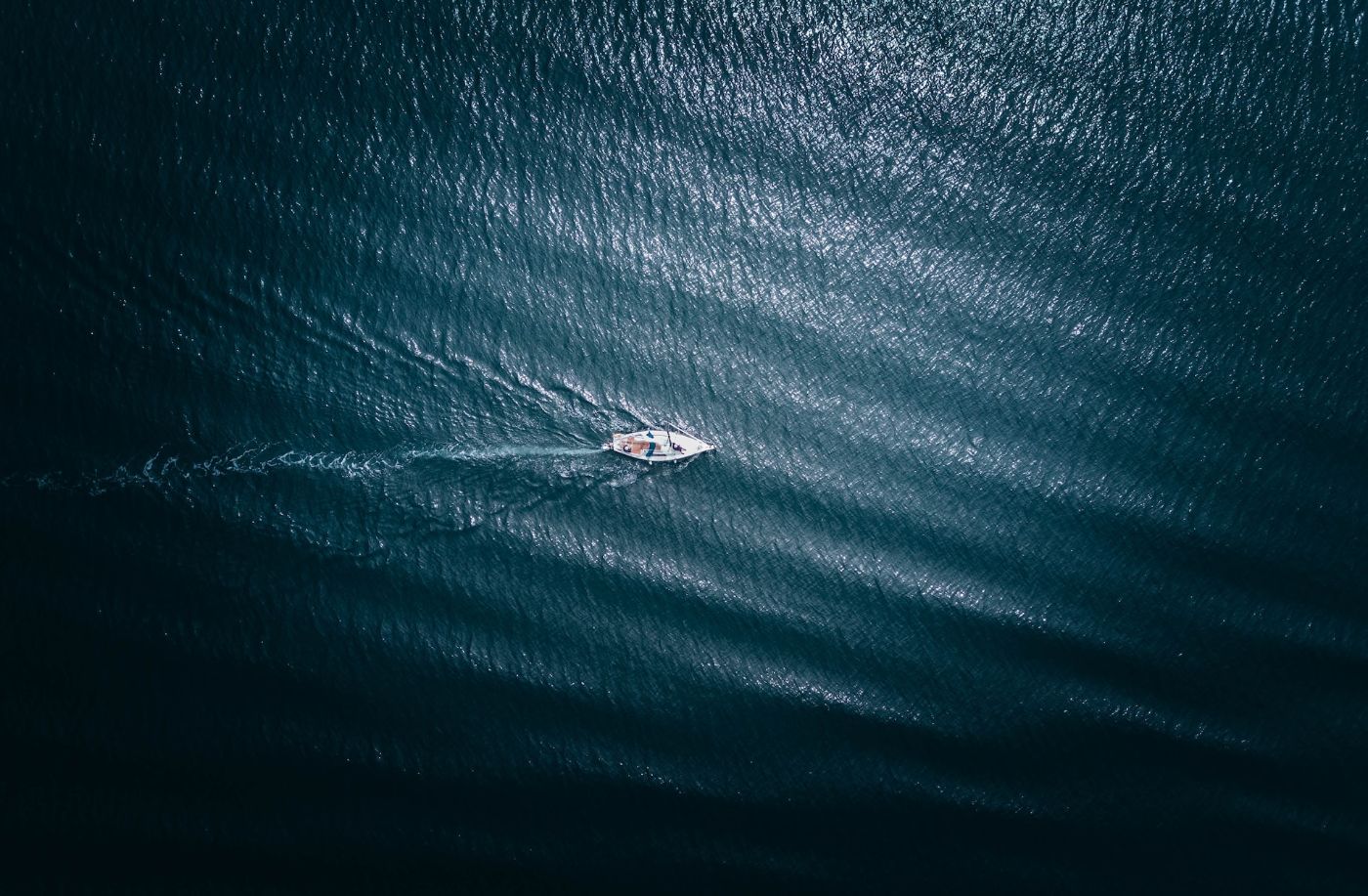
Sail and rigging maintenance
Sailboats have sails and rigging that require regular inspection and maintenance to ensure they are in good condition and functioning properly.
Hull maintenance
Sailboats have hulls that require regular cleaning and maintenance to prevent damage from marine growth and other environmental factors.
Steering and navigation maintenance
Sailboats have steering and navigation systems that require regular inspection and maintenance to ensure they are functioning properly. This can include checking the rudder, steering cables, and navigation electronics.
The cost of sailboat insurance is generally lower than for a powerboat
Sailboats are generally considered to be safer than powerboats because they rely on wind power rather than engines. This means they are less likely to be involved in collisions or other types of accidents.
In the US, the average annual premium for a sailboat is around $300 to $500, whereas the average annual premium for a powerboat is around $1,000 to $1,500.
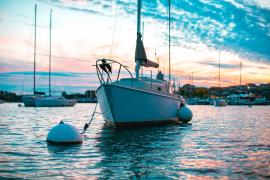
Average Sailboat Insurance Cost in 2023 (13 Examples)
Additionally, they have a lower value than powerboats, which means the cost of repairs or replacement in case of damage or loss is lower. All these factors contribute to lower insurance premiums for sailboats compared to powerboats.
However, your actual insurance costs may vary depending on your specific circumstances. For example, if you have an expensive sailboat or if you live in an area with a high risk of storms or other natural disasters, your insurance costs may be higher than average.
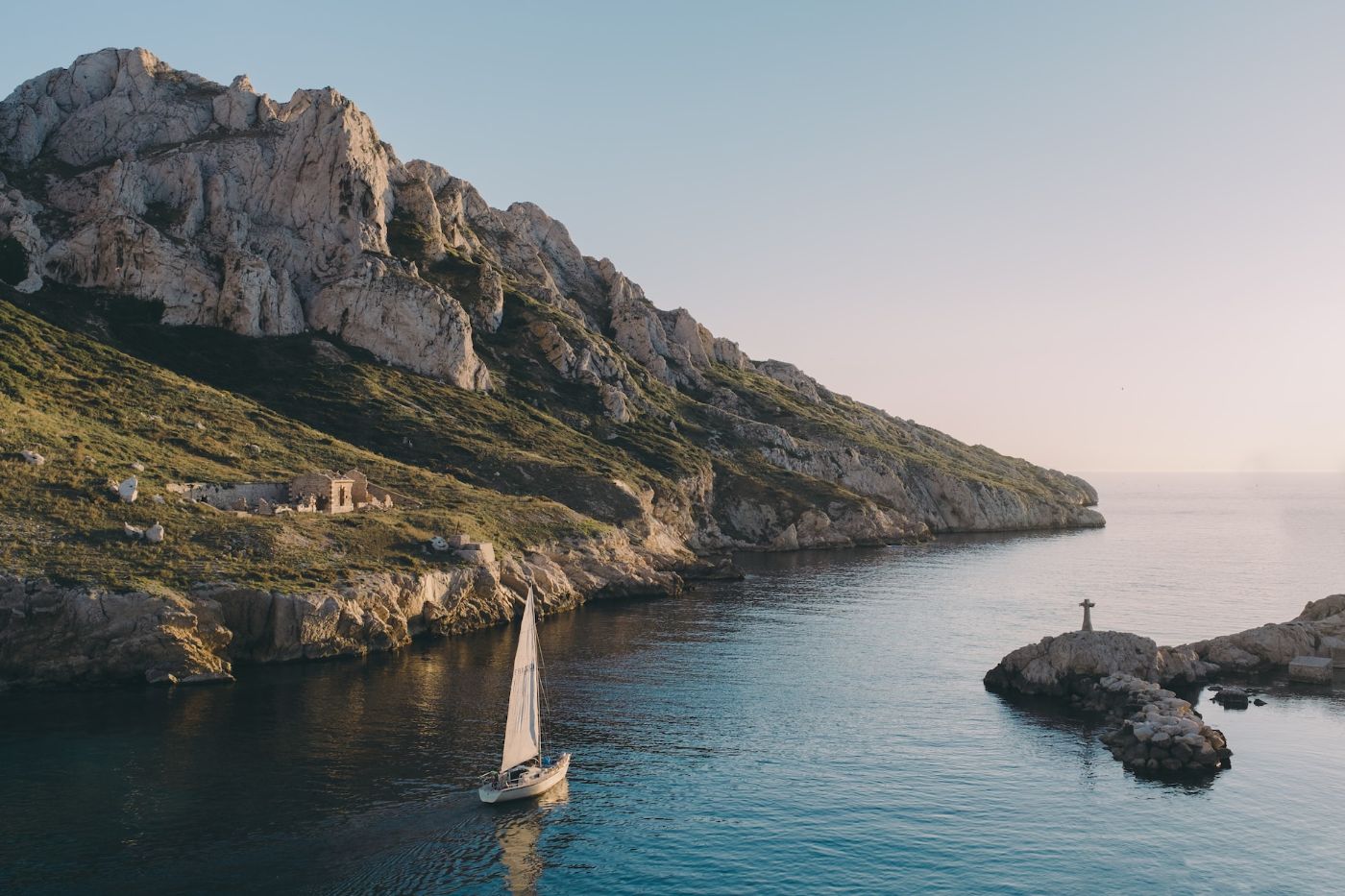
Performance, Convenience, And Safety Of Powerboats Vs. Sailboats
The table below shows some factors to consider when choosing between sailboating and powerboating aside from the overall expenses of each option:
| Factor | Sailboats | Powerboats |
|---|---|---|
| Speed | Slower | Faster |
| Comfort | Less spacious | More spacious |
| Weather | Dependent on weather conditions | Less affected by weather conditions |
| Destination | Access remote areas | Cover greater distances |
| Safety | Less likely to suffer engine failure | Better equipped to handle rough waters |
| Environmental considerations | Produce fewer emissions | Can be a significant source of pollution |
| Skills and training required | Requires more training | Easier to learn |
| Excitement | More adventurous | Can be exhilarating |
| Social aspect | Tight-knit community, racing is common | Can be a social activity focused on leisurely cruising |
| Convenience | Requires more preparation and setup time | Can be started quickly and easily |
Powerboats are faster and more maneuverable
Powerboats are generally faster than sailboats, which makes them ideal for covering long distances in a short time. They are also easier to maneuver and can reach their top speed quickly.
On the other hand, sailboats are slower and rely on wind power, which means they can take longer to reach their destination. However, sailing can be a more relaxing and enjoyable experience, especially if you're not in a hurry.
Powerboats are more spacious and comfortable
Powerboats usually have more amenities, such as air conditioning, a galley, and a bathroom. They also have a larger deck area, which makes them ideal for entertaining or sunbathing.
Sailboats, on the other hand, are more compact and have less space. However, they can be more intimate and cozy, especially if you're sailing with a small group of people.
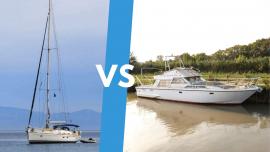
Sailboat vs. Powerboat: What's the Best Liveaboard?
Sailboats depend more on weather conditions
Sailboats are more dependent on weather conditions than powerboats. If there's no wind, you won't be able to move.
However, if there's too much wind, you may have to reduce sail or even stop sailing altogether. Powerboats are less affected by weather conditions and can operate in almost any kind of weather.
Sailors also need to be skilled in reading wind patterns and currents to navigate effectively. Powerboaters rely on GPS and other electronic devices for navigation.
Powerboats can cover greater distances
Powerboats have a longer range than sailboats and can cover greater distances. This makes them ideal for exploring different destinations.
However, sailboats can access more remote areas and can sail close to shore, which makes them ideal for exploring secluded coves and bays. They also have a smaller carbon footprint and are more environmentally friendly than powerboats.
Sailboats are safer than powerboats
Sailboats are generally considered to be safer than powerboats because they rely on wind power rather than an engine, which means they are less likely to suffer from engine failure. Additionally, they are typically slower than powerboats, which can reduce the risk of fatal accidents.
However, if a sailboat is caught in a sudden storm, it can be difficult to control and may capsize. In contrast, powerboats can often outrun storms and are better equipped to handle rough waters.
Sailboats are more environmental-friendly
Sailboats are typically considered to be more environmentally friendly than powerboats. This is because they rely on wind power rather than an engine, which means they produce fewer emissions and are less likely to contribute to water pollution.
Powerboats, on the other hand, can be a significant source of pollution. They emit exhaust fumes and can leak oil and other pollutants into the water.
Additionally, the noise and disturbance caused by powerboats can disrupt marine life and harm sensitive ecosystems.
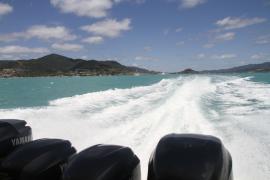
13 Reasons Why Sailing is Better Than Powerboating
Sailing requires a certain level of skill and training
Sailing requires a certain level of skill and training to do safely and effectively. While powerboating also requires some training, it is generally considered to be easier and more straightforward than sailing.
If you are new to boating, you may want to consider taking a sailing course to learn the basics before attempting to sail on your own.
Sailing is a more exciting and adventurous activity
Sailing is often considered to be a more exciting and adventurous activity than powerboating. The feeling of being out on the water, powered only by the wind, can be exhilarating and thrilling. Sailing also allows you to explore more remote areas and experience nature in a unique way.
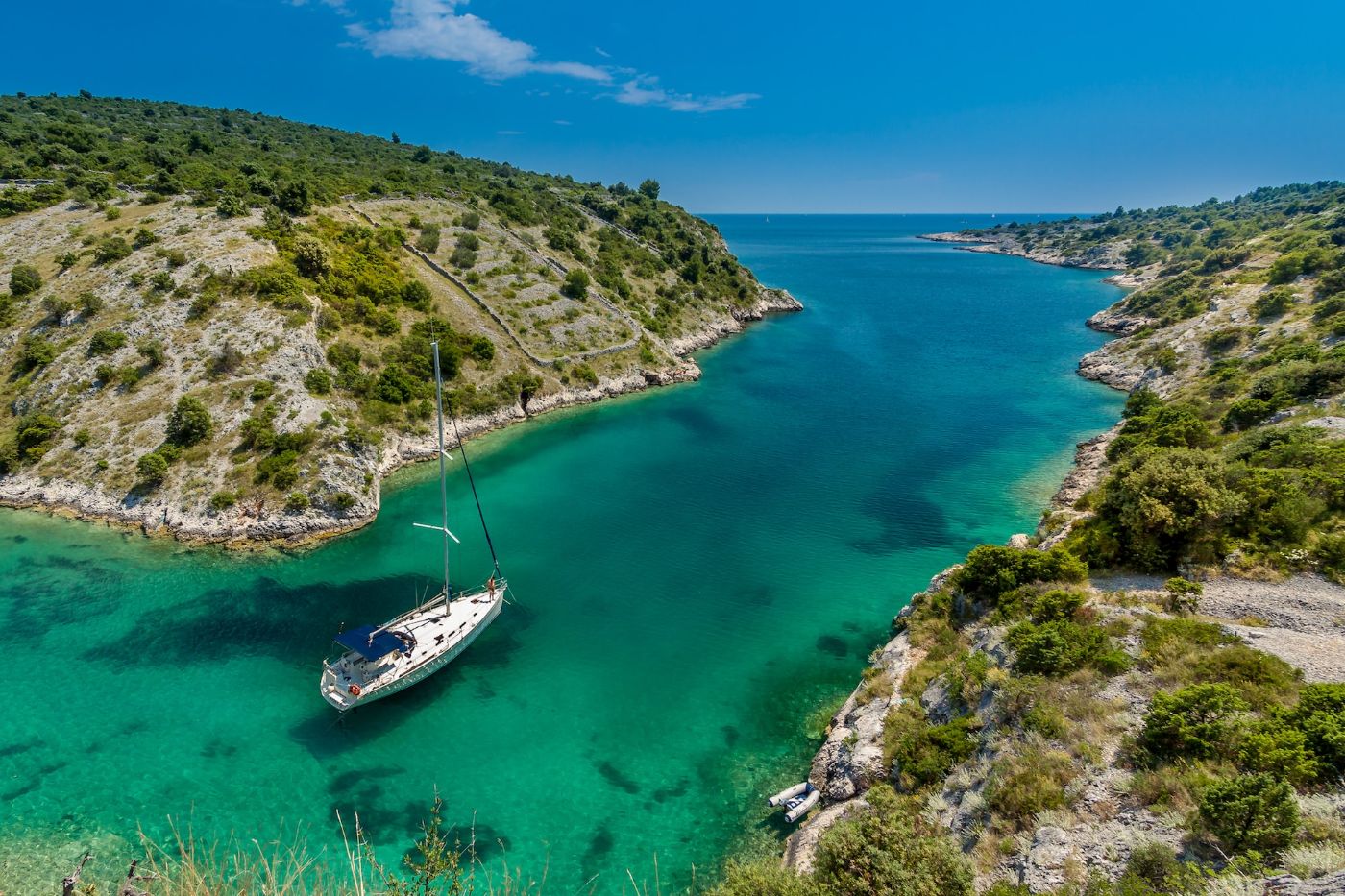
Sailing tends to have a more tight-knit community
Sailing clubs and regattas are common, and many sailors enjoy the camaraderie and competition that comes with racing. Powerboating can also be a social activity, but it may be more focused on leisurely cruising and entertaining guests.
Powerboating is a more convenient activity for a busy lifestyle
Powerboating is often considered to be more convenient and easier to fit into a busy lifestyle than sailing. Powerboats can be started quickly and easily, and they require less setup and maintenance than sailboats.
Sailing, on the other hand, requires more preparation and setup time, and it can be more difficult to fit into a busy schedule.
Did you find the answer to your specific question?
👍 0 👎 1
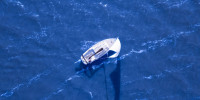
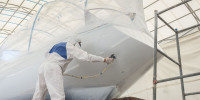
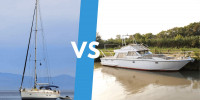
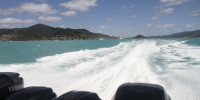
Leave a comment